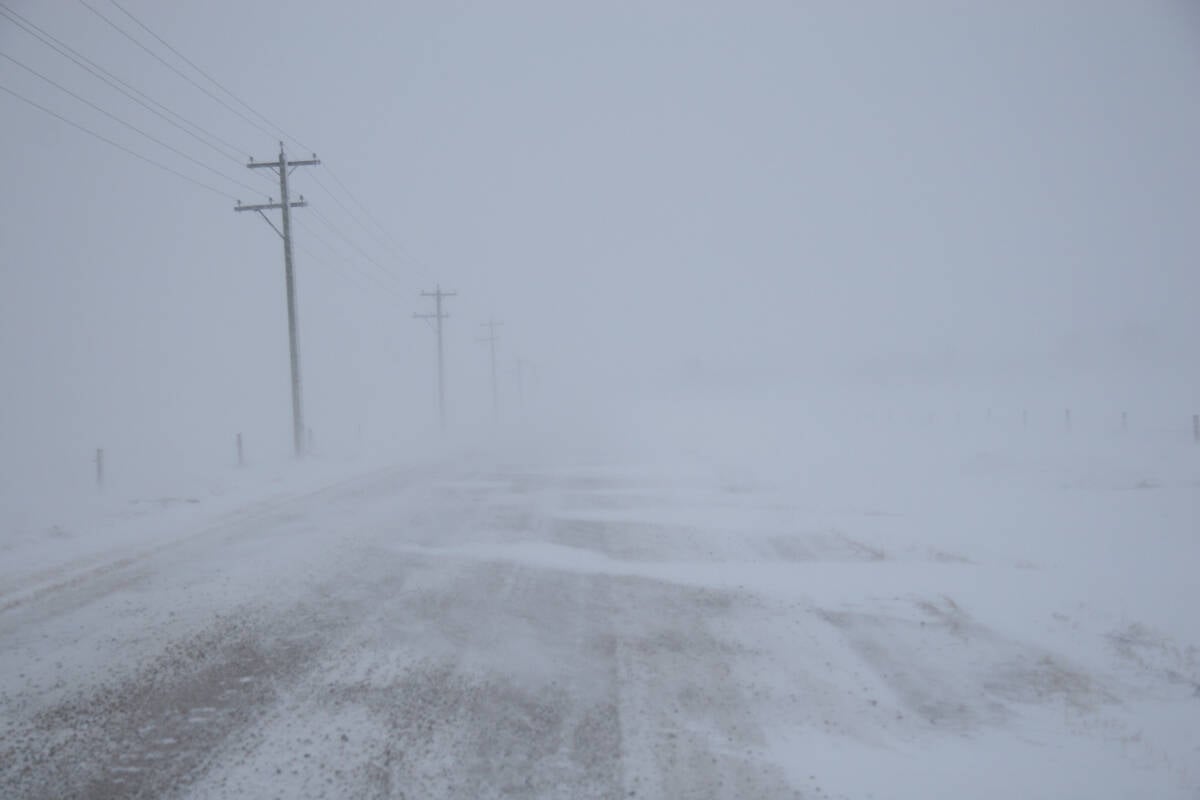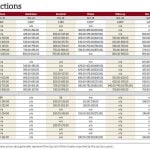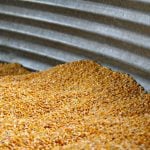Fed cattle prices fall
Limited packer demand resulted in smaller volumes reported by Canfax members with slightly more than 20,000 head trading, down 10 percent from the week before.
At least one packer was not buying, while others had limited interest.
Price averages were only slightly lower while specific prices reflected quality issues.
Steers were down 50 cents per hundredweight, while heifers were 75 cents lower.
There was no trade in Alberta July 22 because those who were buying filled up the day before.
Read Also

Volatile temperatures expected for this winter
DTN is forecasting a lot of temperature variability in the Canadian Prairies this winter. Precipitation should be close to average.
Offerings this week are expected to be similar so packer demand remains the factor in question, said Canfax.
The Canadian cutout saw AAA product lose $8 per cwt., while AA product was down $1-$2. Domestic beef movement was slow because most retailers have already bought for the August long weekend.
Beef movement into the U.S. was noted as steady, said Canfax.
Wholesale prices were steady with Montreal at $138-$140 and Calgary at $132-$135.
U.S. cutouts were down $3.50-$4 US, but remain six to eight percent higher than a year ago.
Feeder prices strengthen
Although feeder volume increased, prices were steady to stronger for steers and mixed on heifers, said Canfax.
Alberta auction market volume rose 25 percent with slightly more than 9,600 head trading, the largest volume since the beginning of June.
On light volumes, steers 300-500 lb. were 25-50 cents per cwt. higher and 500-600 lb. were up $2.
Steers 600-700 lb. traded 75 cents stronger, while 700-900 lb. were up $4.25-$4.50. Steers 900 lb. and heavier rose $2.50.
Heifers 300-600 lb. were down 50 cents to $1.25, while 600-700 lb. heifers traded $1.50 higher. Heifers 700-900 lb. rose 75 cents-$1.50 and 900 lb. and heavier were down 50 cents.
D1, 2 cows were down 25 cents per cwt. Butcher bulls held steady.
Feeder cattle markets are not expected to change drastically until volumes start to increase, said Canfax.
Most areas still report good moisture and feeder cattle are not anticipated to move until late August.
Stock bred cows and heifers in northern Alberta were slightly lower, ranging between $350-$525.
Cow-calf pairs were $350-$700 on medium quality and $700-$1,100 on excellent quality.
Other livestock
Cash hog prices remained consistent last week with the Iowa-Minnesota daily direct price (plant mean 51-52 percent lean carcass converted to live weight) averaging $59.59 US. Prices are predicted to remain stable through August before tailing slightly toward the fall.
Canadian prices followed the stable U.S. trend but were down by more than $1 on prices two weeks ago, said Manitoba Agriculture.
The July 21 United States Department of Agriculture cold storage report showed a record low June pork belly stock level of 37.102 million lb., but that was more than the pre-report estimates of 33-36.7 million lb.
Much of the reduction in pork is because of robust exports, particularly to Mexico and Canada. Canada has shipped many hogs to the U.S. but bought much of the pork back.
Ontario Stockyards reported 2,355 sheep and lambs and 221 goats traded. Most classes of sheep, lambs and goats sold at steady prices, while some plainer types sold slightly easier.














